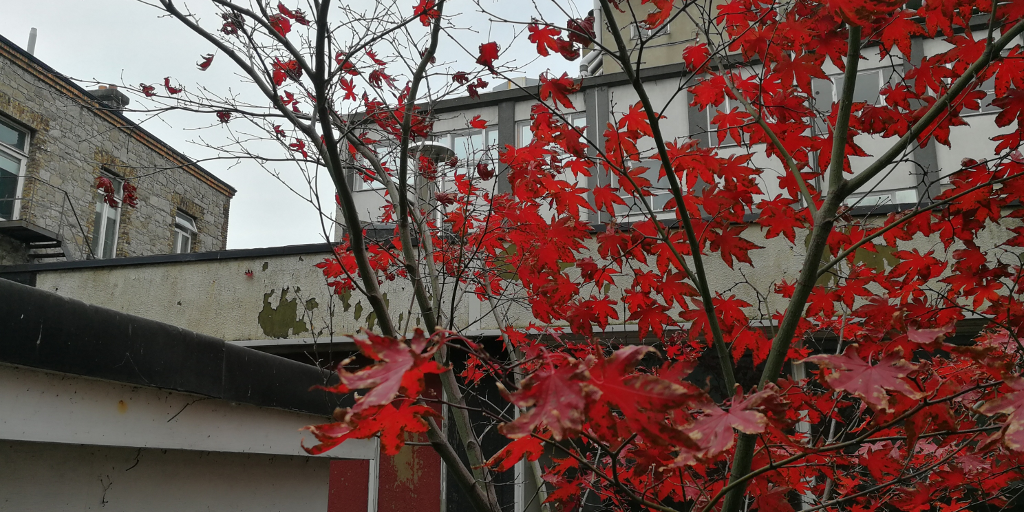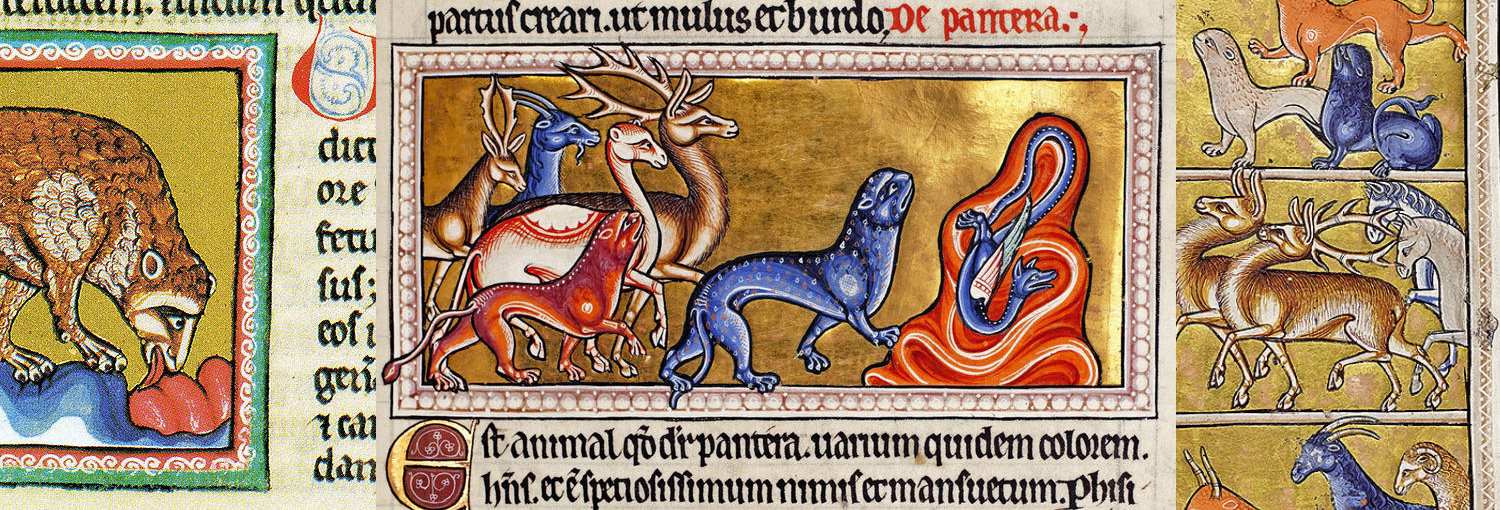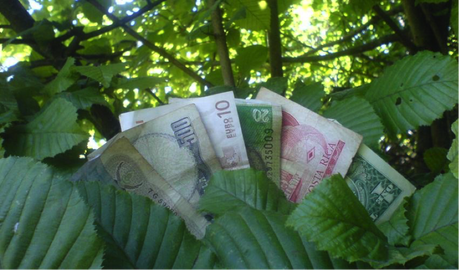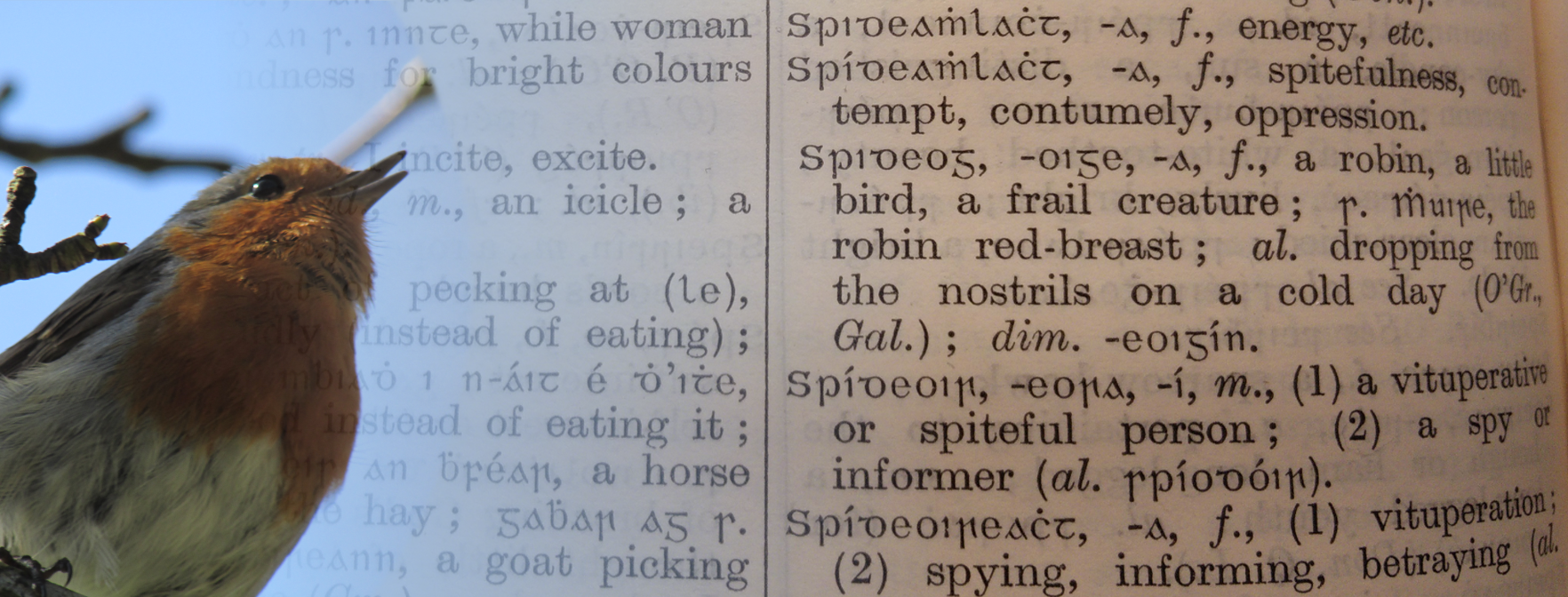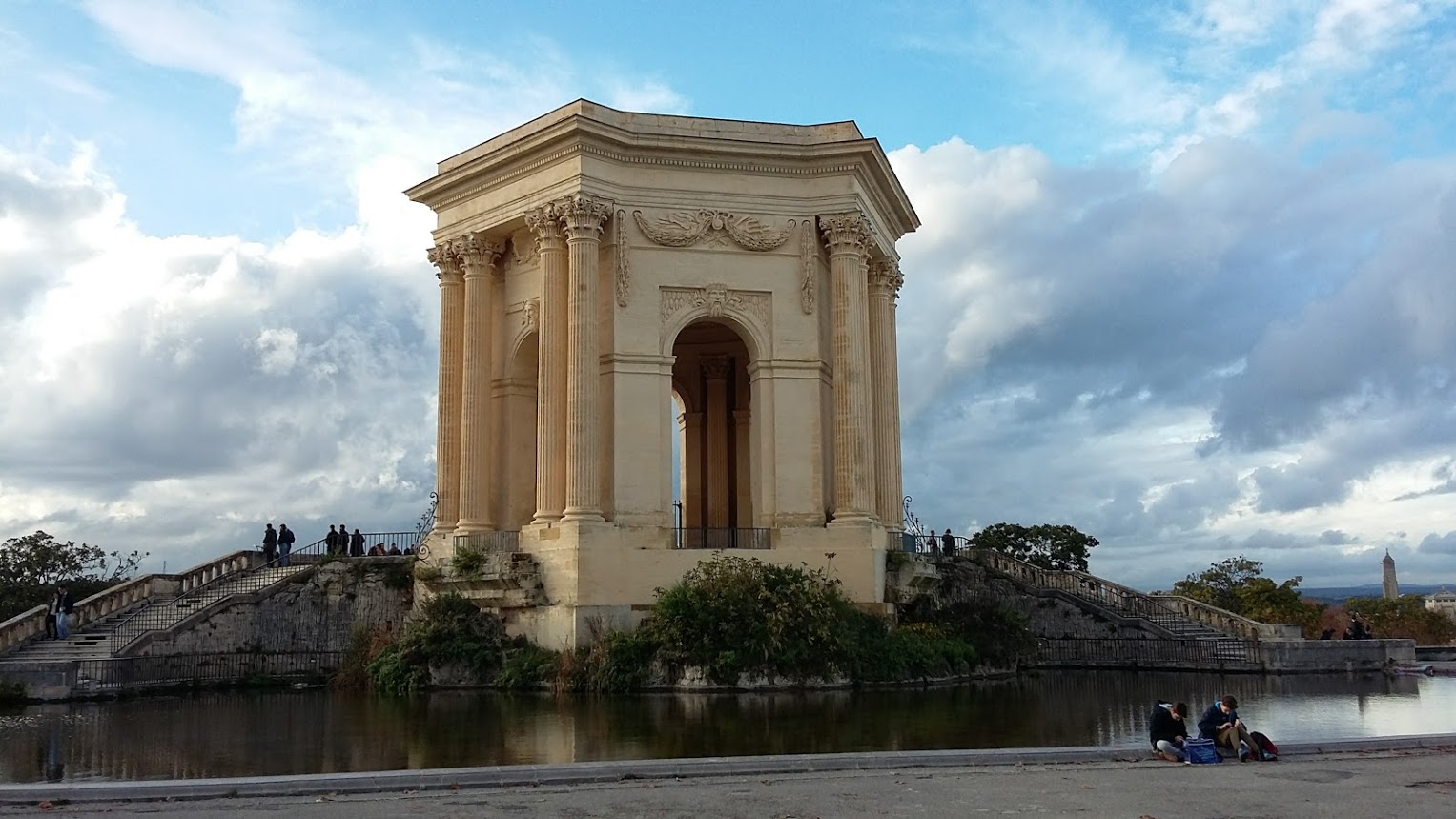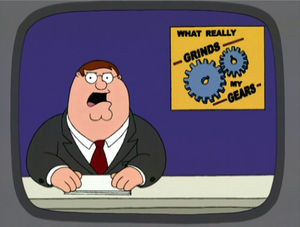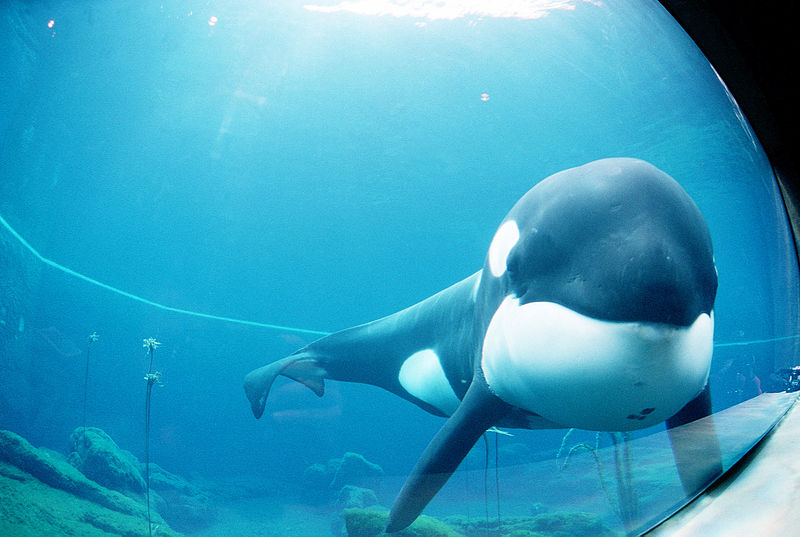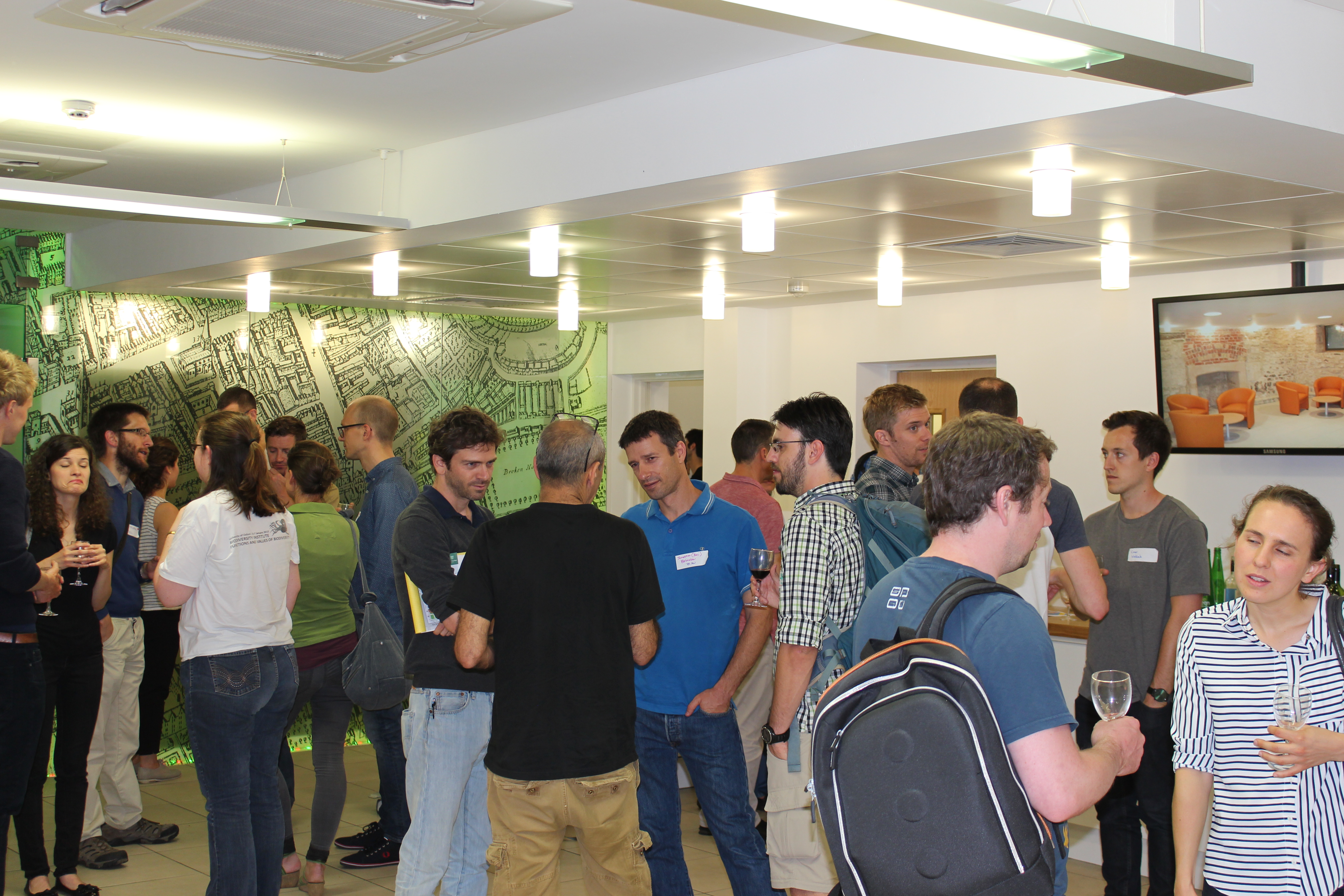Every day we hear about gender and diversity in science. #WomenInScience tags receive hundreds of tweets and virtual pats-on-the-back. Some might argue that it has become fashionable to talk about women in science. But does all this talk reflect the experience of being part of an under-represented group in science? Continue reading “Closing the Gap Between Diversity Talk and Diversity Actions”
Medieval Zoology
Ever since the observations of Aristotle, said to be the earliest works of Western biology, we have endeavoured to understand the workings of the natural world. But the modern scientific method is a relative latecomer on this scene, and it is fascinating and humbling to see the many creative ways in which we have managed to get it wrong over the years. Modern zoology, ancient zoology, and medieval zoology are all part of the same weird and wonderful phylogenetic tree.
Before there were peer-reviewed journals, there were bestiaries, medieval books that described the world’s animals as Europeans of the time understood them. Before there were Zoology Departments, zoologists (or the closest thing that existed at the time) would put forth ideas that seem ridiculous today. Three of their best theories are collected below. Continue reading “Medieval Zoology”
The Death of an Idea
I find it hard to let go.
As scientists, our currency is ideas. We’re judged on the quality of our science through the papers we produce and the ideas we share. No matter your thoughts on the current state of academic publishing, this is the way it is for now. Continue reading “The Death of an Idea”
New Orleans, New Adventure
It’s a hot day in early August in New Orleans, Louisiana. The beads of sweat rolling from everyone’s foreheads are a permanent fixture in this humidity. A group of drummers are joined by some brass players and an impromptu jazz performance begins. This is my first time in the U.S.A. and I really don’t know how I feel; primarily because of the jetlag. I’ve flown to the other side of the world for the largest gathering of ecologists on earth. This is the Ecological Society of America’s 103rd annual meeting (ESA 2018), where researchers from all over the world gather to share their science. Thousands of people walked the halls of the convention centre and I wondered if I’d ever see anyone I knew.
I came to ESA 2018 with five goals:
- Share preliminary results of my research.
- Meet some potential collaborators.
- Soak up some awesome science.
- Practice talking to a ‘big name’.
- Have fun!
Here’s how it went down… Continue reading “New Orleans, New Adventure”
Natural Capital: Making nature pay?
“Proponents of natural capital accounting offer a compelling argument: by quantifying and valuing natural capital impacts and dependencies, and translating those assessments into systemised accounts, decision-makers in government and the corporate sector will be able to make more informed and, ultimately, sustainable decisions.
But can we assume that reliable and accurate economic information will translate into radical and effective action? It is over a decade since the Stern Review (2006) made the economic argument for Climate action. The 700-page Report concluded that failure to act would result in costs amounting to 5% of Global GDP per year, now and forever. Despite the sound economic warnings, action on climate change has not moved ahead at anything like the pace that is required. So what, if anything, is different about natural capital; why and how will putting nature on the balance books make a difference to how governments and corporations make decisions?…”
Read the full blog post on the Irish forum on Natural Capital.
The arguments outlined in this blog are developed in more detail in a report written for the National Economic and Social Council this year; Valuing Nature: Perspectives and Issues.
______________
About the Author
Dr. Patrick Bresnihan is a lecturer in Geography, Trinity College Dublin. His work spans the fields of political ecology, science and technology studies, and environmental humanities. Areas of research include the fisheries, water services, alternative energy and natural capital. Find out more about his research here:
Website | TCD Profile
Twitter | @pbresnihan
Academia.edu | Profile
What’s in a name?
Many linguists, psychologists, and anthropologists have discussed the concept of linguistic relativity: the relationship between the language a person speaks and the way that person thinks and views the world. As the primary language of the people of Ireland up until the 19th century, the Irish language (aka Gaeilge or sometimes Gaelic) is the repository of how people on this island thought and felt about the world around them for most of their recorded history. As part of this, Irish reflects the complex, colourful, and often idiosyncratic relationship that Irish people have had with the animals with which they share the island.
Names can show the people’s fondness for certain species, or they can highlight which aspects of an animal most stood out to them. For example, the ladybird, with its visually pleasing pattern of black spots on bright red elytra, has drawn the eyes of people all over the world and has an association with God or the Virgin Mary in many European languages, including both English and Irish. In Irish, it is known as Bóín Dé or “God’s little cow”, which is also the meaning of its Russian name, Божья коровка. Today, the ladybird’s bright, “bovine” pattern is seen as an example of aposematism, protecting the insect by signalling to potential predators that it contains bitter-tasting chemicals.
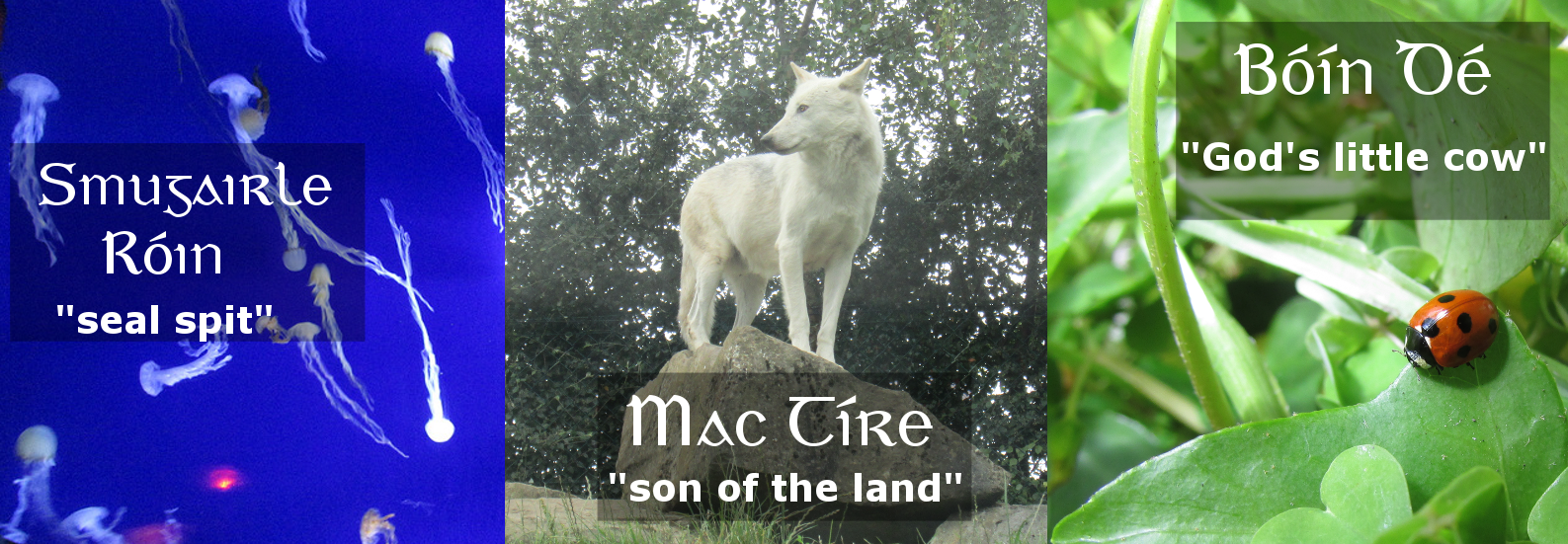
Seizing the new collaborator at scientific conferences
Approaching established scientists is nerve wracking when you are just starting out in your own scientific career. It terrified me, but having done so successfully, it is now not so such an intimidating prospect.
When I first went to science conferences as a new PhD student, my fellow early stage researchers and I used to award each other mingling points for having the confidence to break out of our trusted established circle and speak to people we had not met before. Knowing networking was a vital part of attending scientific meetings, we needed motivation to do more than catch up and share free wine. I am glad we pushed each other to do so. I have just returned from a 3 week research visit to Southern France, which would not have taken place, had I not plucked up the courage to approach a now collaborator after her keynote talk a few years ago. Now back in a chilly post-Christmas Dublin it seems like a good time to time to reflect on how my path to approaching new scientists has changed:
Having a question I want answered
After giving a talk it is great to hear somebody enjoyed it and finds your research interesting, but this may not lead to much further conversation than ‘thanks very much’. If you have a research question you would like to explore with someone they are far more likely to be interested. Scientists become leaders in their field in areas that excite them. Approaching scientists with a hypothesis that needs testing and an innovative way of doing should lead to a stimulating conversation.
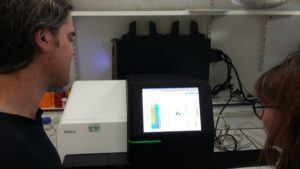
Continue reading “Seizing the new collaborator at scientific conferences”
Top 10 Minor Assignment Mistakes that Grind my Gears (+1 bonus)
When grading assessments as a demonstrator, I try really hard to give helpful, constructive feedback. It’s important for everyone to learn from their mistakes and develop both as scientific thinkers and as writers. However, there are a few mistakes that happen very often and really grind my gears. If you want to impress your grader and improve your marks, avoid the mistakes below like the plague. Continue reading “Top 10 Minor Assignment Mistakes that Grind my Gears (+1 bonus)”
Freeing Willy: the $20 million failed experiment
In 1993 Free Willy leapt onto cinema screens around the world. The story about a young boy who saves a killer whale from a run-down theme park was an instant hit for Warner Bros. However for Keiko, the whale who played Willy, the story did not have a Hollywood ending. While Willy jumped to freedom as the credits rolled, Keiko remained in captivity. What followed was a global effort to return Keiko to the wild at all costs, even to Keiko himself. Continue reading “Freeing Willy: the $20 million failed experiment”
Formally informal conferences
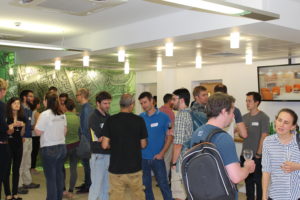
One of my favourite parts of working as a researcher during the summer (aside from quiet campuses with less students around) definitely has to be the “conference season”. Indeed, I don’t need to convince many people that conferences are one of the lively and exciting parts of doing science that rightly mix traveling, networking (and sometimes drinking) and learning about so many new things (and sometimes hangovers).
One of the problems though is that they can sometimes be overwhelming. It’s hard to find a balance between the right amount of networking (how many friends/collaborators do I want to meet and how many new ones do I want to make) and the right amount of learning (which talks do I want to attend and how much can I get from them). Although everyone has their own technique to deal with these questions, it seems to me that it boils down to the number of people attending the conference and the objectives of the conference organisers. One solution is to aim conferences towards a more manageable size with a clear emphasis on networking and learning.
One such conference is the annual BES Macro conference! As has became a happy ritual over the last 4 years, I was awaiting July with impatience for this year’s one organised in Oxford by Natalie Cooper and Rich Grenyer. As a disclaimer though, I do not consider myself as a macroecologist at all (most of my work is on macroevolution methods). So why do I go every year? I don’t even know what macroecology is! Well one of the first points is that this conference covers a vast array of topics, this year reaching far beyond the classic bird species richness heat maps with presentations on microbe populations in tree holes and sampling biases in the fossil record! The second point is because I think this conference contains all the ingredients that I think make a good conference:
First, mix different career levels:
For early career scientists like myself it can sometimes be a bit intimidating to mainly hear talks by “veteran” scientists. In fact I often think to myself just before giving a talk, how lame mine will be in comparison to the other people. Not that mixing different career levels makes my talk less lame (!), it has at least the benefit of making me feel better. It also has the undeniable benefit of making it easier to network with the big wigs if you spoke in the same session as them. At BES Macro 2016, each session was a good mix of every career level making it much more casual. Even the plenary speakers ranged from Professor Tim Blackburn to About-to-be-doctor Hannah White!
Second, make most of the talks short:
People have mixed feelings about lightning talks: from the speaker’s point of view, when you have exciting results it can be frustrating to convey your message in 5 minutes. Also these talks are sometimes more difficult to write than a classic 10-15 minutes one! However, from a listener’s point of view, think about how much more you absorb, on average, from these extra 5-10 minutes that make a classic talk? On a couple of talks: probably much more; on 2 days or more of conference: probably not that much! Besides, if 5 minutes was not enough and just peaked your curiosity, it makes an excellent opportunity to network (“Hi, I really enjoyed your talk. About that, [insert your burning question here]?”).
Third, add a nice dose of transferable skills:
Another point of conferences that can be negative is that you chain-listen to many many talks all day long. That has the benefit of giving a good overview of your field of research but can also make you slightly sleepy! One solution to break this continuous rhythm of talks is to do it with discussion sessions that can either be about transferable skills or about big questions in the field. For example, at BES Macro 2016 we had an excellent discussion session on reproducibility and another on the classic “What is Macroecology?” question.
And finally, don’t forget to add some rants:
What makes a good conference lies also in how much you feel part of the field of research covered by the conference. One way to convey that is to be part of or at least listen to the “hot” debates shaking the field. In this conference for example, we had two “official rants” by Shai Meiri and Adam Algar on what is going wrong in macroecology (but still how much cool work is done).
And of course, the main ingredient is the attitude of the people towards the conference. As Rich Grenyer put it in his welcoming introduction: “this conference is formally informal.”
Hope to see you at the next conference!
Photo credit: Thomas Guillerme

